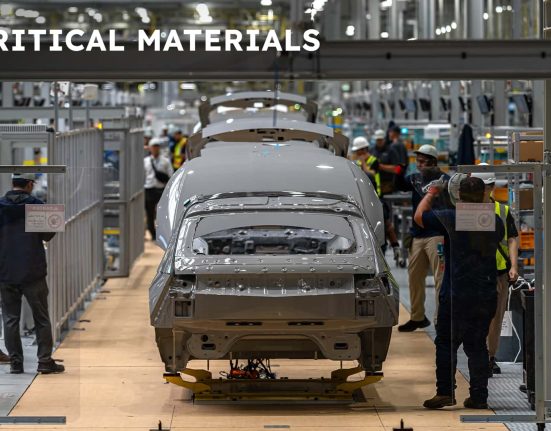Editorial Note: We earn a commission from partner links on Forbes Advisor. Commissions do not affect our editors’ opinions or evaluations.
Americans are sitting on record piles of home equity, and Chase wants in. The bank is rolling out a new home equity line of credit, or HELOC, aimed at helping homeowners tap their property’s value without refinancing.
The launch underscores a broader trend: Homeowners are sitting on nearly $35 trillion in tappable equity, according to the St. Louis Federal Reserve. With many reluctant to refinance out of record-low rates locked in during the pandemic, second mortgages like HELOCs have become increasingly popular.
What Chase’s HELOC Offers
Chase’s product allows qualified borrowers with a credit score of at least 720 to borrow up to 80% of their home’s value, with limits ranging from $25,000 to $400,000. Customers can draw at least 85% of their available line upfront as a lump sum, with the remainder accessible over three years.
Borrowers can make interest-only payments during the first 10 years, followed by a 20-year repayment phase. At this time, Chase does not offer fixed-rate home equity loans, though cash-out refinancing remains an option for those looking to restructure their mortgage.
A Reminder: All HELOCs Are Second Mortgages
Chase highlights that its HELOCs allow homeowners to preserve their current first mortgage rate and terms. But that isn’t unique to Chase. By definition, HELOCs are second mortgages—meaning they sit on top of, but don’t replace, your original home loan. Because of this, taking out a HELOC does not affect the interest rate of your primary mortgage.
The HELOC itself comes with a separate, typically variable, interest rate that adjusts with the prime rate. That means your monthly payments can rise or fall over time, depending on the market.
How a HELOC Works
A HELOC functions more like a credit card than a traditional loan. You’re approved for a set amount of credit based on your home equity, but you don’t need to take it all at once. Funds can usually be accessed by check, online transfer or through a mobile banking app.
Most HELOCs have two phases:
- The draw period: Typically 10 to 15 years, during which you can withdraw money as needed, whether in small amounts or as a larger lump sum. You’re only required to make monthly interest payments on the amount you’ve borrowed, though you can pay down principal anytime.
- The repayment period: Once the draw period ends, the repayment phase begins, usually lasting 10 to 20 years. At this point, you’re responsible for both principal and interest, which can mean significantly higher monthly payments.
A HELOC provides flexibility and peace of mind because you’re not charged interest unless you draw on the funds, but the variable rate means budgeting can get tricky.
A Market on the Upswing
Home equity lending is climbing again after years of dormancy. HELOC and home equity loan originations rose 7.2% in 2024 compared with the previous year, according to the Mortgage Bankers Association (MBA) 2025 Home Equity Lending Study. Outstanding balances jumped 10.3%.
Borrower reasons are shifting. Debt consolidation accounted for 39% of home equity usage in 2024, up sharply from 25% in 2022. Renovations, once the dominant use, fell to 46% of borrowing, down from nearly 65% two years earlier.
Lenders expect HELOC debt outstanding to grow nearly 10% this year and again in 2026, according to the MBA.
What To Know Before Applying for a HELOC
While demand is strong, hurdles remain. Only about half of home equity applications currently close, and average processing times stretch to nearly 40 days.
Consumers should also remember that interest-only periods delay the inevitable: larger payments down the road.
Chase has launched a HELOC calculator to help customers estimate borrowing power, monthly costs and fees before applying online, through its mobile app or at a branch. The new HELOC is available nationwide, except in Texas, where state laws restrict such products.
HELOCs can unlock lower-cost cash without touching your primary mortgage rate, but with interest rates tied to the prime rate, flexibility comes with risk.
A HELOC can be risky because your home is on the line if you don’t pay, rates can rise, making payments harder, and borrowing reduces your home’s equity, so if values drop, you might owe more than your house is worth.
Homeowners should weigh whether tapping home equity makes sense for their long-term financial plan.







